Written By: Lauren Farricker
When you hear the word avalanche, it may fill you with fear. But did you know your chances of survival are far greater with the help of a dog? We set out to learn more about an elite group of dogs who live and work on the slopes of Whistler, BC—meet the Avalanche Rescue Team. Their incredible work and training rigors are nothing short of impressive.

Golden retriever, Chilkoot and his trainer Noah Reid—FirstMate Ambassadors—were featured in the new IMAX film, Superpower Dogs by Cosmic Pictures. The film highlights the incredible talents of the dogs that help humans in life and death situations. We caught up with Noah to learn more about the grueling process necessary to certify and train Search & Rescue dogs—as well as the steps in becoming an Avalanche Rescue Team dog.
Noah worked in ski patrol for about eight years. After working with fellow ski patrol member, Ian Bunbury and his border collie, Noah decided that he was ready to get his first working dog. “A spot opened on the canine ski patrol team and the timing aligned as Chilkoot’s mother had a litter,” he explained, “his mother had both an incredible personality and working drive.”
Noah gravitated towards a golden retriever because of their social side. He explained, “The dogs on the ski patrol team become ambassadors for the mountain. I love that goldens are well socialized, super friendly, and great with kids.”
Chilkoot’s lineage is quite impressive, and Noah was able to meet both of Chilkoot’s parents. His mom had a great personality coupled with a high working drive and his dad was pretty extraordinary, “his dad actually rode a horse and was incredibly agile. He’s a great bird hunting dog.”
Noah went to Whitehorse in the Yukon to meet the puppies when they were seven weeks old. He had first pick of the litter. The process of selecting a working dog is much different than the average person selecting a puppy to join their family. “The diligence you have to put into selecting the right puppy is critical. You invest tons of time across two years and a significant amount of monetary investment into that dog. If it doesn’t become a certified working dog, that can be tough.”
Noah looked at each of the puppies and used the Volhard Puppy Aptitude Test to determine which of them had a high working drive and had a balance of independence and dominance. One of the tests entails holding the puppy about four feet in the air to see how it reacts. Is it calm and relaxed? Is it so scared that it wets itself? Does it squirm uncontrollably?
Particularly for working dogs, a trainer must look specifically at a puppy’s working drive and ability to cope with loud noises. Three of the puppies showed incredible drive, but there was one deciding factor that set Chilkoot apart. “It was winter in the Yukon, so it was freezing, I had to test how the puppies would do in the severe cold. When the door opened and let a blast of cold air into the house, Chilkoot stuck his face into the wind and wasn’t phased by the cold.” Noah knew then that Chilkoot was the puppy who was up for the job and would be an incredible personal companion.

Chilkoot was brought home to Whistler where he began his training. The Canadian Avalanche Rescue Dog Association (CARDA) is a volunteer organization in partnership with the Royal Canadian Mounted Police (RMCP). The program is viewed as one of the best around, as many ski patrols and avalanche rescue dog groups from the United States come up to British Columbia to train. Noah explains: “The involvement with RMCP sets our program apart, they have been working with and training dogs for a while and have even gone so far to create their own breeding program.” Another attribute which sets the CARDA/RCMP program apart is the one dog to one handler philosophy. “In contrast to other programs which assign multiple handlers to one dog, Chilkoot is my dog and no other handlers work with him. Chilkoot and I can build a relationship and the consistency that comes with that.”
For Chilkoot’s training at 8-11 weeks old, Noah had to get Chilkoot familiar with everything that comes with being a ski patrol canine member so that he didn’t develop puppy fear which is common at this developmental stage. This meant that Noah had to expose Chilkoot to the loud noises that they would encounter daily as a ski patrol member. Chilkoot had to be exposed to the loud machinery including snowmobiles, helicopters and chairlifts. “The first time Chilkoot saw a helicopter, he wanted to chase it.” In an avalanche situation, the quickest way for the avalanche team to be deployed is to be harnessed in a helicopter and hang from it to be dropped off. Many of the places that avalanches and rescues occur are quite remote and considered backcountry.
At four months old, Noah and Chilkoot had to master “search” games. Noah explained that search is a necessary skill for a working dog. “Chilkoot is held by someone else and I have to go hide somewhere that he cannot see. As he improves with his search skills, you hide further and further away.” Once Chilkoot mastered his searching abilities and became motivated by them, he had to learn how to search in snow. For example, someone would hide in a snow cave and Chilkoot would have to find the person. Chilkoot earns a toy reward when he successfully completes the search game. Chilkoot has a tug-o-war toy that is his primary motivator. The tug-o-war toy activates Chilkoot’s prey drive, an essential attribute for working dogs.

At six months old, Chilkoot had his first evaluation by RMCP to ensure and evaluate that he was going to be a reliable working dog before too much time, effort, or financial resources were devoted. Chilkoot passed and attended his first course in Golden, BC where the primary focus was on snow searching. The course focused on burying people in snow and taught the dogs to identify a human scent in those conditions. It is said that a dog’s sense of smell is 100 times greater than that of a human.
In an avalanche situation, the dog is not going to know to find specific people. Instead, the dog has to learn to simply identify a human scent to find that buried person in an avalanche situation. To train for this, the dogs learn to search for items with the scent of humans such as wool sweaters. These articles of clothing are buried deeper and deeper in the snow to train the dogs to find the human scent.
“Chilkoot showed a great work drive and loved searching. What makes these working dogs unique is that they have such a high level of obedience training and you have to be able to instruct your dog from a distance”, Noah explained. Chilkoot is so motivated because it is a fun game and he earns his toy as a reward. At two years, Chilkoot passed his examination with flying colors. Not only are Chilkoot and Noah volunteer team members of the CARDA dogs in Whistler, they are also Search & Rescue certified.
Being certified while Chilkoot was younger ensured that Chilkoot could work as long as possible. In contrast, some dogs do not begin training for certifications until they are two and it takes a little less than two years to go through all of the certification tests. This means that a dog could be four when he or she begins their career as a working dog. Noah believes, “The younger that you expose them to this training, the better.”
The financial investment of the training and courses that these dogs undertake is significant. Noah estimated the cost to be $45-65K which includes the cost of the puppy, veterinary bills, food, training courses, and all of the other costs that are associated with owning a dog.
These dogs are no different than the human members of the ski patrol and require respect. Noah’s analogy about the importance of the handler/dog bond is: “what if I showed up to your work as an outsider and gave you money and rewards and distracted you. You probably wouldn’t get much work done, and the boss wouldn’t hold as much power if you knew you were getting money and rewards elsewhere. This is identical to the relationship I have with Chilkoot.” When Chilkoot is working, he can’t be pet no matter how cute he is.
What Noah wishes people would understand is that a working dog needs to be focused because they are on the job. This is why Chilkoot cannot be distracted when he’s on the mountain. Noah explained that “I have worked with Chilkoot to reward him for the right things and build good habits from the beginning. If people pet him and reward him with that attention, it gives less power to the reward that I give as his handler.”

Noah shared three reasons that he and the rest of the canine ski team do this job: “1. We love dogs 2. We love the mountains 3. Most of us have directly had a friend or someone close to us die in an avalanche. This motivates us to want to save a life. All in all, this is very rewarding and you put a lot of time and effort in to train this dog and you have such an incredible partner and friend at the end of it. He’s a rescue dog who is also my dog that I love.”
Chilkoot eats a diet of FirstMate and Noah believes that FirstMate is a reason that Chilkoot is so healthy at seven years old. If you find yourself in Whistler, look out for this amazing team of rescue dogs!
 Lauren is a Pet Parent and FirstMate customer.
Lauren is a Pet Parent and FirstMate customer.
You can read more from Lauren on her blog: Woof Republic


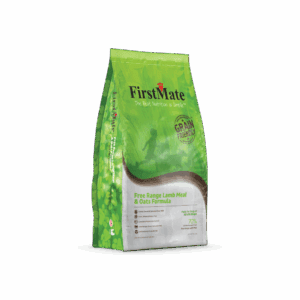
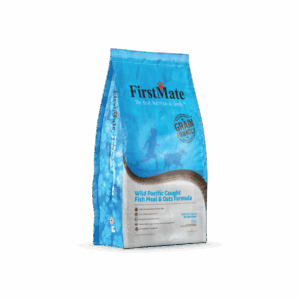
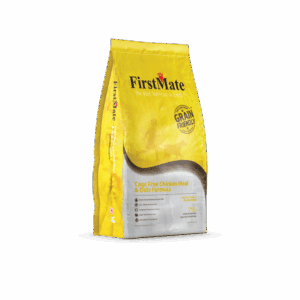

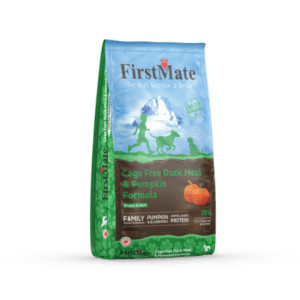

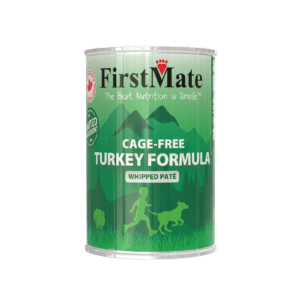

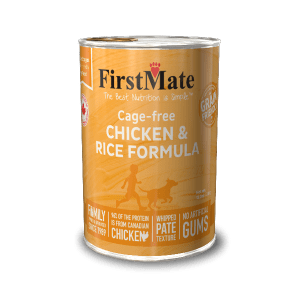
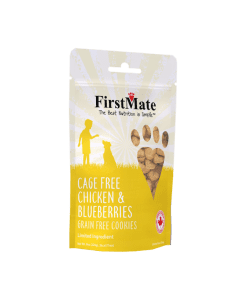
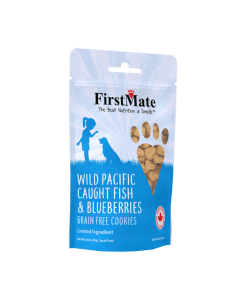
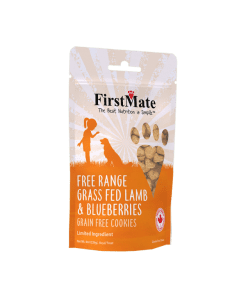
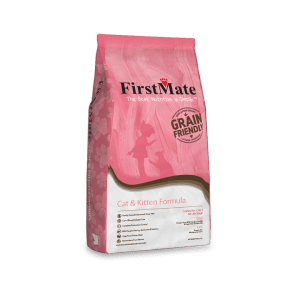
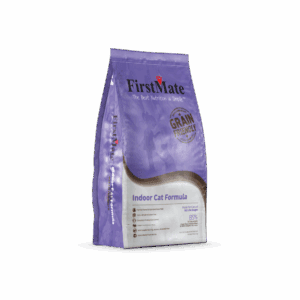

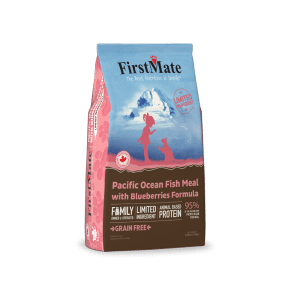
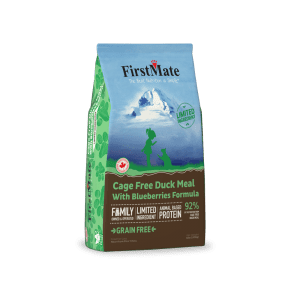
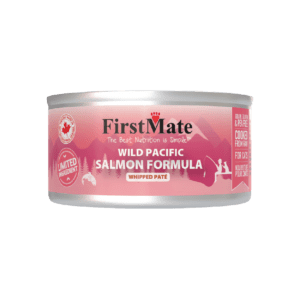
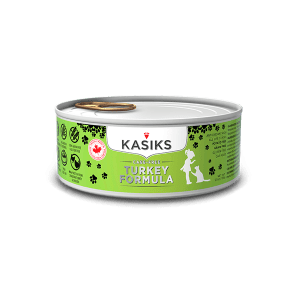
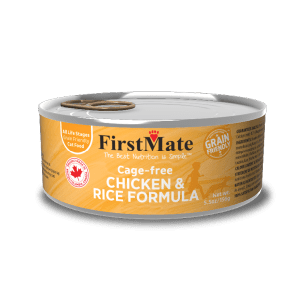


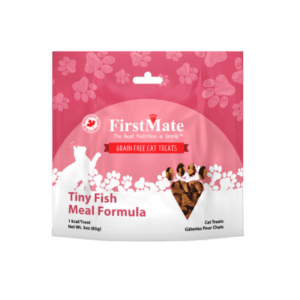
Want to join the discussion? Leave us a comment!